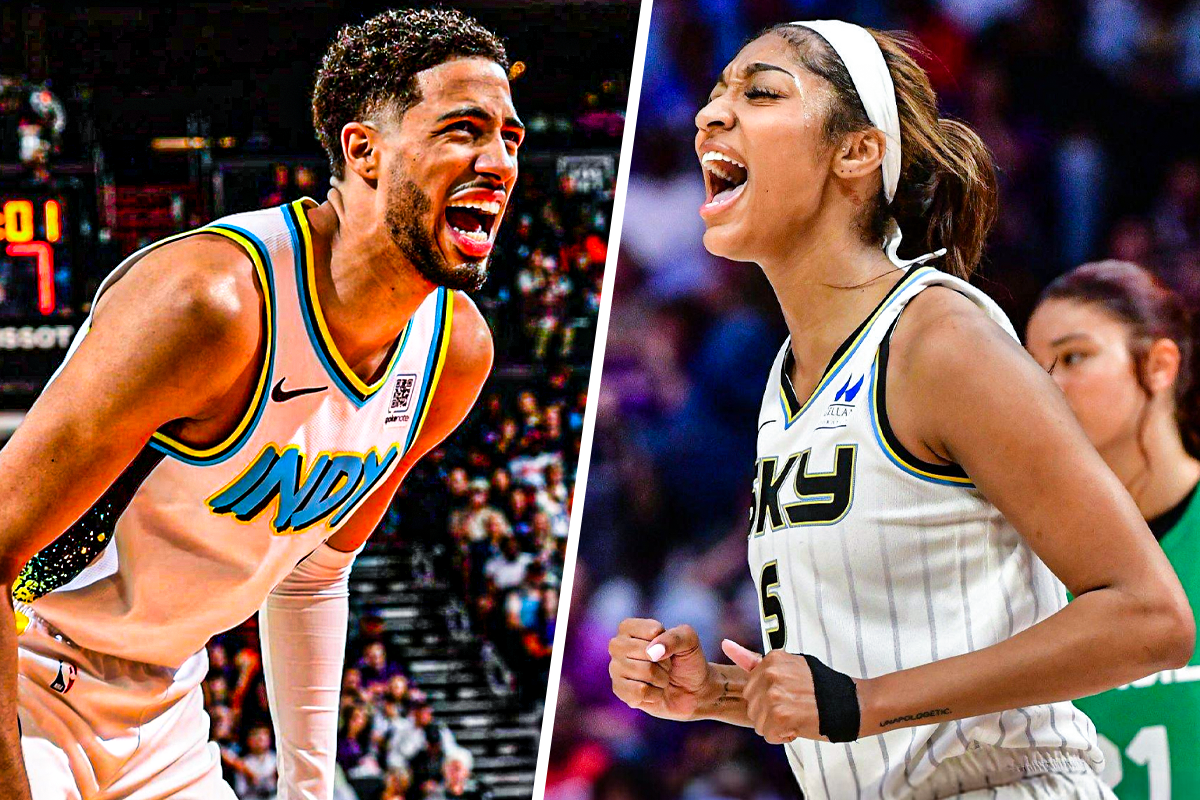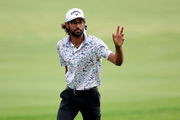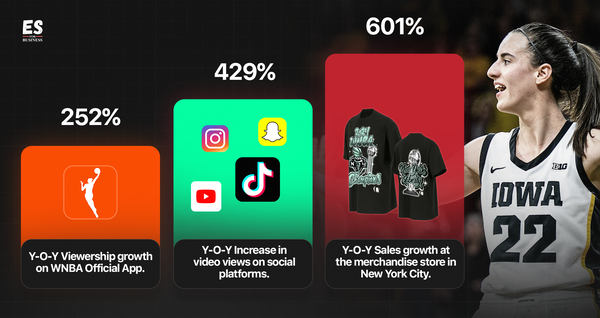

The sports consumer habit has gone through a sea change in the last couple of years. A survey reveals 80% of fans use a second device while watching sports. Why? They want stats. They want to know what the buzz is on the internet. They want to watch a key moment without missing what’s going on live. Broadcasters have scrambled to tick all these boxes for a long time. Until some innovative and creative models emerged.
Watch What’s Trending Now!
The Gen-Z experience and how sports leagues are adapting:
One of the key strategies to emerge has been alternate broadcasting (AltCast). Think of ‘ManningCast’, for example—ESPN’s Monday Night Football show hosted by Peyton and Eli Manning.
ADVERTISEMENT
- The two brothers’ dynamics, deep knowledge of the sport, and the engaging banter have hooked the audience.
- From Dwayne Johnson, Kevin Hart, to Bill Belichick and Jason Kelce, everyone made an appearance at the show.
- In the debut year, the show captured 13% of ESPN’s total Monday Night Football viewership.
ESPN saw the potential-Peyton Manning won the Sports Emmy this year- and extended its partnership with Manning’s Omaha Productions to 2034. Other media organizations and leagues scrambled to develop their versions of alternative broadcasting.
The ManningCast: the most sophisticated of broadcasts. pic.twitter.com/LWi2aoZYpW
— Omaha Productions (@OmahaProd) April 15, 2025
ADVERTISEMENT
These interactive feeds also enable broadcasters to target more hardcore young fans who munch on stats like nachos at the Super Bowl. And they also want to engage like they are in a real arena. AltCast ticks all the boxes via:
Top Stories
Donald Trump Takes Unexpected Shot at NFL With Name Change Call During FIFA World Cup Draw

Bills Legend Jim Kelly Announces Final Cancer Update After Years of Battle

‘RIP’: NASCAR World Crumbles in Tears as 39-YO Former JR Motorsports Driver Passes Away

Alex Noren’s Hot-Mic, Akshay Bhatia’s DOD & More: Top Moments From Hero World Challenge R2

Who Is Matthew Campbell’s Wife Erica? All About Iowa State HC’s Sixth Grade Sweetheart

EXCLUSIVE: Kyle Petty: NASCAR’s Renaissance Man

- Stats overlay.
- Live chat feeds.
- Always-on polls.
ADVERTISEMENT
AltCast is no longer a novelty; it’s an established practice. Just like sports documentaries and behind-the-scenes footage. A Deloitte survey revealed that 40% of Gen Zs and millennials wanted more documentary-style content on teams and players.
- Documentaries humanize the athletes, offering a glimpse into their inner lives that never comes to the forefront otherwise.
- They also highlight the personnel working behind the scenes, the crew members, the coaches, and everybody who makes up a team.
- This type of content also helps fans stay connected to the sports and keep the buzz alive during the off-season.
To give an example, Drive to Survive, the Netflix documentary on F1, has helped in increasing the sport’s US viewership by 54% between 2019 and 2021. So, Gen-Z craves more than the traditional broadcast of the game and expert commentaries. And when it’s delivered right to them, they tune in. Something that the NBA & WNBA have done right.
ADVERTISEMENT
How the NBA & WNBA are targeting the Gen-Z audience
Among the Big 4 American leagues, the NBA (and not the NFL) enjoys the most popularity with Gen-Z fans. A survey showed that:
- 40% of Gen-Z has a favorite NBA player, higher than any other sport.
- LeBron James is Gen-Z’s favorite athlete.
- 53% of Generation Z are NBA fans, compared to 49% who prefer the NFL.
ADVERTISEMENT
All that comes as the NBA was tackling a declining TV viewership and devising new tactics to retain the existing audience base and draw in a new generation of viewers. They looked into social media, promoting the game as a thrilling, joyful experience.
- NBA’s TikTok registered a 305% increase in video views between 2021 and 2022.
- In the same timespan, Instagram views went up by 259%.
- NBA became the first professional league to surpass 20 million subscribers on YouTube.
To cater to the Gen-Z audience, the NBA has taken a number of steps that worked in their favor:
ADVERTISEMENT
- NBA 2K25 DataCast: The AltCast for the 2024 Emirates NBA Cup quarterfinals and semifinals was streamed with a video-game-like overlay, like shotmeters, 2K camera angles, with player tracking, shot probability, and other stats on it.
- Promoting equality: 60% of Gen Z thinks racism is a major social concern. NBA, by aligning itself with progressive values, has positioned itself as a major league with ethics as a priority. 300 players in the league donned jerseys with anti-racism messages in 2022.
- Fashion: NBA and Hip-hop have gone hand-in-hand since the start. With youngsters like Anthony Edwards, Karl-Anthony Towns, and others, the connection between fashion and basketball has only strengthened. So has the bond between the NBA & Gen-Z.
Similarly WNBA has reached the young generation of fans. Per Kristen Josling of Info-tech Research Group, 40% of WNBA fans are under 40, and the majority of them are Gen-Z and millennials.
ADVERTISEMENT

Here is how the league is catering to them:
ADVERTISEMENT
- WNBA’s editorial team is comprised mostly of Gen-Z people, who understand what resonates with the younger generation. They love authentic storytelling, which is what the league is trying to do via social media platforms.
- The league avoids making their social channels a tool to promote only their merchandise. They have also gone beyond Meta and Instagram, leveraging Twitch to connect with audiences who prefer short-form video content.
- Teams have partnered with brands that cater to Gen-Z. For example, the New York Liberty has collaborated with Xbox and Warner Bros. They are offering products and creating experiences that cater to this generation
Results? The app usage went up by 74%, whereas streaming hours have gone up by 158%. A SponsorPulse report notes that, between October 2023 and 2024, 46% of Americans between 19-24 years tuned in to WNBA games. In fact, the WNBA became the fastest-growing brand of 2024.
Targeting Gen-Z is easy. Retaining their attention is the hardest part. NBA & WNBA both leagues have taken the right steps to grow their young fanbase. There lies a learning lesson for other leagues as well. Innovate your broadcast medium, step up your social media game, and above all, be authentic. The Gen-Z audience doesn’t ask for much.
ADVERTISEMENT
ADVERTISEMENT
ADVERTISEMENT

